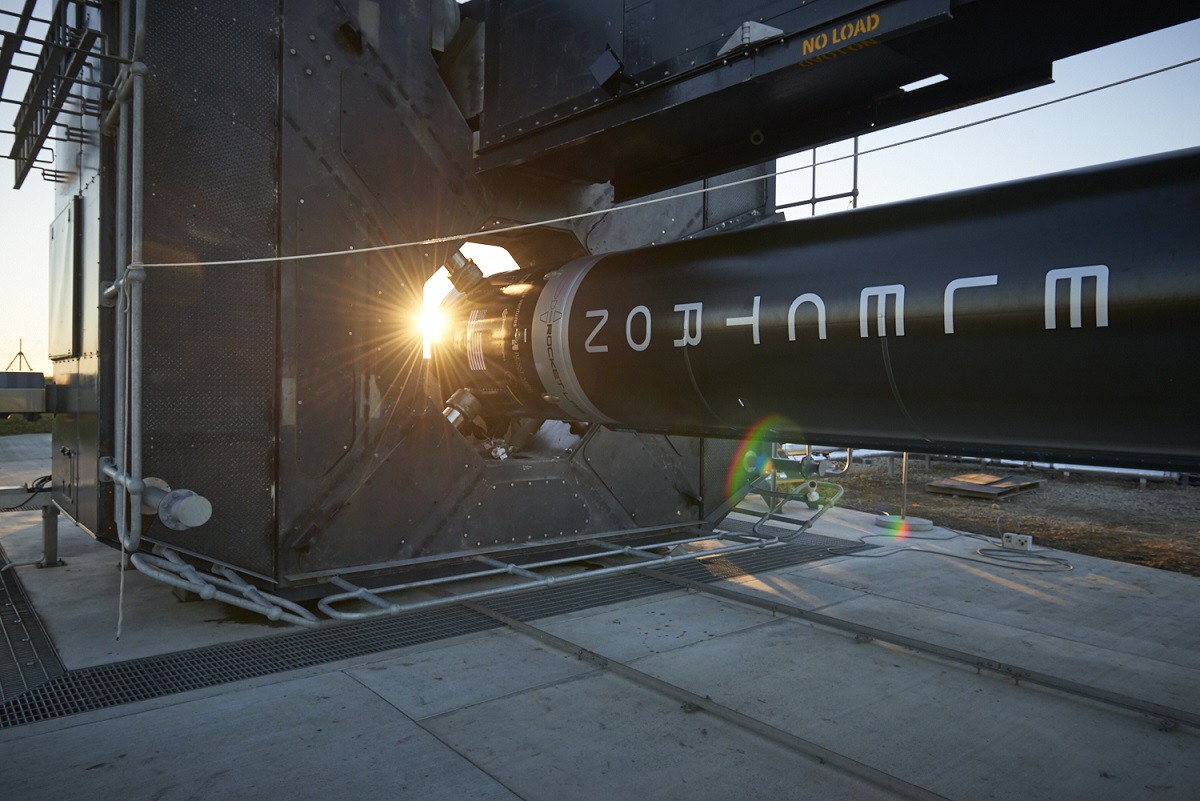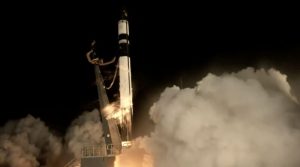Rocket Lab Completes Payload Integration Ahead Of the 42nd Electron Launch This December
15th Nov 2023
After experiencing an anomaly in September, Rocket Lab’s grounded Electron rocket has a new flight window: 28th November to December. The US-based launch service provider said they have fixed the cause of Electron’s anomaly and are set to resume flights. The first being, delivering a Japanese in-space Earth imaging instrument for iQPRS.
Rocket Lab said they are concluding the review into the malfunction and the findings have affirmed that the anomaly was caused by “three rare conditions”. Ultimately, this caused the rocket to break down 151-seconds after launch.
In a statement, Rocket Lab CEO, Peter Beck, commented: “we look forward to returning to flight with corrective measures in place to provide the frequent and reliable access to orbit that the industry has come to depend on after 37 successful Electron missions.”
Update: Rocket Lab prepares for the upcoming launch
On 26 November, Rocket Lab reported on Twitter that Electron launch has successfully completed payload integration.
“We’ve got a final step to clear before launch day – completing a wet dress rehearsal to confirm all systems are ready for lift-off”, they added.
The launch of The Moon God Awakens, a dedicated mission for iQPS, is planned no earlier than 13 December NZT.
Rocket Lab’s Electron Failure
On September 19th, Electron embarked on its 41st launch carrying Capella Space’s SAR satellite. All was well with the rocket after Electron successfully separated its stages and cleared “Max Q”, Rocket Lab said. However, Electron was met with an unforeseeable anomaly 151-seconds after taking-off from Launch Complex 1 in New Zealand.
Without warning, Electron’s second stage experienced a complete – and uncontrollable – power supply shutdown. As a result, the rocket failed to garner enough pace to reach orbit and eventually re-entered the atmosphere and crashed back to Earth. Rocket Lab noted that “public safety was not affected” by the failed mission. Consequently, Rocket Lab’s stock prices plummeted by 8% and Electron was grounded for a comprehensive review.
What Caused Electron To Short Circuit?
Rocket Lab said they are about to conclude their review into the anomaly, but the findings have detailed that “three rare conditions” occurred concurrently. That being, an electrical arc surged the power supply that energises Electrons engines, resulting in the battery packs in the second stage to lose their power.
Rocket Lab said they recreated the mission and combed through flight data to identify when – and where – the fault occurred. The launch service provider said: “the arc was likely only made possible by the rare interaction of multiple conditions.” They asserted that if these conditions arose singularly the malfunction would have been less likely. However, because they happened concurrently and “in the low-pressure environment of space”, it was the perfect storm for the anomaly. Rocket Lab said the following three conditions caused the failure, and enacted Paschen’s Law:
- “A superimposed alternating current (AC) with the direct current (DC) high-voltage electricity provided to the stage’s power supply system, that is produced as a ripple voltage from the system’s engine motor controllers;
- A small concentration of helium and nitrogen gases that were present within the interstage between Electron’s first and second stages;
- An imperceptible fault in the insulation of the high voltage looms within the power supply system.”
Repairing Electron & Preparations For Launch Resumption
Preparing for an anomaly of this magnitude is difficult to account for and simulate, Rocket Lab said. Therefore, to prevent similar failures from transpiring during future launches, two measures have been applied: improved testing and negating equivalent arc faults.
Firstly, Rocket Lab said they will intensify the testing regime, “including increasing test-to-flight margins and flight-representative voltage waveforms”. Secondly, Rocket Lab said they have augmented “Electron’s battery frame,” whereby, “pressurising this section significantly reduces the ability for arcs to form”. With these measures in place, the Federal Aviation Administration has given the green light for Electron launches to resume.
Future Launches & US Defence Partnership Announcement
Rocket Lab has numerous flights on the horizon, notably, the Venus Pathfinder Mission, marked for a late 2024 launch. Using the Electron rocket, the privately funded mission will aim to unearth if Venus houses life-forming elements via a probe. Electron’s first flight however, will be transporting iQPRS’ Earth imaging satellite to orbit, which will join their already established constellation. This will be Electron’s 10th launch for this year alone.
Rocket Lab has also announced they are partnering with the US Defence Department on an upcoming launch. Both organisations inked a “launch service agreement” to complete a Hypersonic Accelerator Suborbital Test Electron (HASTE) mission. Launching for Virginia, HASTE will deliver Australia’s Hypersonix’s, DART AE hypersonic “scramjet” vehicle. HASTE saw its inaugural launch in June, 2023 with Hypersonix serving as the rocket’s seventh overall mission.







Thank you for your comment! It will be visible on the site after moderation.